Subscribe to our ▶️ YouTube channel 🔴 for the latest videos, updates, and tips.
Multiplication by Ten, Hundred and Thousand
To multiply a number by 10, 100, or 1000 we need to count the number of zeroes in the multiplier and write the same number of zeroes to the right of the multiplicand.
Rules for the multiplication by 10, 100 and 1000:
Multiply by 10:
If we multiply a whole number by a 10, then we write one zero at the end of the multiplicand.
For example:
1275 × 10 = 12750
Multiply by Tens:
To multiply by tens write one zero (0) at the end of product and then multiply the remaining numbers.
To multiply a number by 10, 20, 30, .........., 90, multiply the number by 1, 2, 3, ........, 9 respectively and insert one zero on the right of the product
For example:
1. Multiply 624 by 30
Solution:
Step I: Multiply 624 by 3.
6 2 4
× 3
1 8 7 2
Step II: Insert one arm on the right of the product to get 18720
Hence, 624 × 30 = 18720
2. Multiply 1,366 by 90
Solution:
Step I: Multiply 1369 by 9
1 3 6 9
× 9
1 2 3 2 1
Step II: Insert one zero on the right of the product to get 1,23,210.
Hence, 1,369 × 90 = 1,23,210.
Multiply by 100:
If we multiply a whole number by a 100, then we write two zeros at the end of the multiplicand.
For example:
1275 × 100 = 127500
Multiply by Hundreds:
To multiply by hundreds write two zero (00) at the end then multiply the remaining numbers.
To multiply a number by 100, 200, 300, ............... 900, we multiply the number by 1, 2, 3, ........... 9 respectively and insert two zeroes on the right of the product.
For example:
1. Multiply 167 by 300
Solution:
Step I: Multiply 167 by 3
1 6 7
× 3
5 0 1
Step II: Insert two zeros on the right of the product to get 50,100.
Hence, 167 × 300 = 50,100
2. Multiply 142 by 800
Solution:
Step I: Multiply 242 by 8.
2 4 2
× 8
1 9 3 6
Step II: Insert two zeros in the right of the product to get 1,93,600.
Hence, 242 × 800 = 1,93,600.
Multiply by 1000: If we multiply a whole number by a 1000, then we write three zeros at the end of the multiplicand.
For example:
1275 × 1000 = 1275000
Multiply by Thousands:
To multiply by thousands write three zero (000) at the end then multiply the remaining numbers.
To multiply a number by 1,000, 2,000, 3,000, .............. 9,000, we multiply the number by 1, 2, 3, ............ 9 respectively and insert three zeroes on the right of the product.
For example:
1. Multiply 231 by 3,000.
Solution:
Step I: Multiply 231 by 3.
2 3 1
× 3
6 9 3
Step II: Insert three zeroes on the right of the product to get 6,93,000.
Hence, 231 × 3,000 = 6,93,000.
2. Multiply 105 by 7,000.
Solution:
Step I: Multiply 105 by 7.
1 0 5
× 7
7 3 5
Step II: Insert three zeroes on the right of the product to get 7,35,000
Hence, 105 × 7000 = 7,35,000
Multiplying with Zeros Video
Subscribe to our ▶️ YouTube channel 🔴 for the latest videos, updates, and tips.
I. Multiplying by 10, 20, 30, ... 90
1. How do you multiply by 10?
To multiply a number by 10, put a zero to the right of the product.
2. How do you multiply by 20, 30,... 90?
To multiply a number by 20. 30.90 write a zero in the ones place. Multiply the remaining numbers.
II. Multiplying by 100, 200, 300, ... 900
1. How do you multiply by 100?
To multiply a number by 100, write two zeroes to the right of the product.
2. How do you multiply by 200, 300, ... 900?
To multiply a number by 200, 300... 900, write 2 zeroes in the ones and tens. Multiply the remaining numbers.
● To multiply a number by a multiplier having zero and non-zero part, we put as many zeroes in the product as in the multiplier and then multiply the number by non-zero part.
For example:
1275 × 20 = 25500
1275 × 300 = 382500
1275 × 5000 = 6375000
You can even keep the above chart for further reference.
Worksheet on Multiplication by Ten, Hundred and Thousand
1. Compare the given wheels by writing the product in the outermost circle.
(i)
Answers:
(ii)
Answers:
(iii)
Answers:
(iv)
Answers:
2. Multiply and write the product in the outermost circle.
(i)
Answer:
(ii)
Answer:
(iii)
Answer:
3. Multiply the following:
|
(i) Th H T O 5 × 1 0 _______________ |
(ii) Th H T O 2 0 × 1 0 _______________ |
|
(iii) Th H T O 9 8 × 1 0 _______________ |
(iv) Th H T O 1 4 0 × 1 0 _______________ |
|
(v) Th H T O 3 5 8 × 1 0 _______________ |
(vi) Th H T O 7 × 1 0 0 _______________ |
|
(vii) Th H T O 4 0 × 1 0 0 _______________ |
(viii) Th H T O 3 4 × 2 0 0 _______________ |
|
(ix) Th H T O 2 5 × 3 0 0 _______________ |
(x) Th H T O 1 4 × 4 0 0 _______________ |
|
(xi) Th H T O 4 × 2 0 0 0 _________________ |
(xii) Th H T O 3 × 2 0 0 0 _________________ |
|
(xiii) Th H T O 2 × 4 0 0 0 _________________ |
(xiv) Th H T O 3 × 3 0 0 0 _________________ |
|
(xv) Th H T O 9 × 1 0 0 0 _________________ |
4. Write the Products:
(i) 6 × 20 = _____
(ii) 3 × 30 = _____
(iii) 4 × 40 = _____
(iv) 7 × 50 = _____
(v) 20 × 300 = _____
(vi) 40 × 200 = _____
(vii) 14 × 400 = _____
(viii) 21 × 300 = _____
(ix) 2 × 2000 = _____
(x) 3 × 3000 = _____
(xi) 2 × 4000 = _____
(xii) 7 × 1000 = _____
5. Multiply the Following:
|
(i) Th H T O 1 7 × 5 0 _______________ |
(ii) Th H T O 4 2 × 2 0 _______________ |
|
(iii) Th H T O 2 1 × 4 0 _______________ |
(iv) Th H T O 4 × 6 0 _______________ |
|
(v) Th H T O 1 1 × 3 0 _______________ |
(vi) Th H T O 2 0 × 3 0 _______________ |
|
(vii) Th H T O 9 1 × 2 0 _______________ |
(viii) Th H T O 5 5 × 4 0 _______________ |
|
(ix) Th H T O 7 1 × 5 0 _______________ |
(x) Th H T O 2 6 × 8 0 _______________ |
|
(xi) Th H T O 7 × 7 0 0 _______________ |
(xii) Th H T O 9 × 8 0 0 _______________ |
|
(xiii) Th H T O 1 0 × 5 0 0 _______________ |
(xiv) Th H T O 1 7 × 4 0 0 _______________ |
|
(xv) Th H T O 1 9 × 3 0 0 _______________ |
(xvi) Th H T O 1 4 × 4 0 0 _______________ |
|
(xvii) Th H T O 1 5 × 6 0 0 _______________ |
(xviii) Th H T O 2 7 × 3 0 0 _______________ |
|
(xix) Th H T O 2 4 × 2 0 0 _______________ |
(xx) Th H T O 1 2 × 8 0 0 _______________ |
|
(xxi) Th H T O 6 × 1 0 0 0 _________________ |
(xxii) Th H T O 4 × 2 0 0 0 _________________ |
|
(xxiii) Th H T O 2 × 3 0 0 0 _________________ |
(xxiv) Th H T O 3 × 2 0 0 0 _________________ |
|
(xxv) Th H T O 5 × 1 0 0 0 _________________ |
6. Do these Sums in your Notebook:
(i) 14 × 20 = _____
(ii) 32 × 20 = _____
(iii) 65 × 40 = _____
(iv) 33 × 50 = _____
(v) 42 × 60 = _____
(vi) 123 × 20 = _____
(vii) 436 × 20 = _____
(viii) 400 × 20 = _____
(ix) 196 × 30 = _____
(x) 152 × 50 = _____
(xi) 40 × 200 = _____
(xii) 23 × 400 = _____
(xiii) 11 × 200 = _____
(xiv) 33 × 300 = _____
(xv) 42 × 200 = _____
(xvi) 3 × 2000 = _____
(xvii) 4 × 2000 = _____
(xviii) 5 × 1000 = _____
(xix) 2 × 3000 = _____
(xx) 8 × 1000 = _____
7. Find the missing multiplicand in each of the following
questions.
(i) ……………… × 40 = 36000
(ii) ……………… × 500 = 7500000
(iii) ……………… × 700 = 77000000
(iv) ……………… × 9000 = 81000
(v) ……………… × 80000 = 96000000
Answers:
7. (i) 900
(ii) 15000
(iii) 110000
(iv) 9
(v) 1200
8. Fill in the blanks.
(i) 17 × 10 = __________
(ii) 68 × __________ = 68000
(iii) 25 × 100 = __________
(iv) 100 × __________ = 22500
(v) 23 × 1000 = __________
(vi) __________ × 10 = 8900
(vii) 24 × 10 = __________
(viii) __________ × 1000 = 40000
(ix) 31 × 100 = __________
(x) __________ × 1000 = 48000
(xi) 78 × 1000 = __________
(xii) __________ × 18 = 18000
(xiii) 16 × __________ = 1600
(xiv) 100 × __________ = 68200
(xv) __________ × 42 = 420
(xvi) __________ × 115 = 11500
(xvii) 723 × __________ = 7230
(xviii) __________ × 1000 = 27000
(xix) __________ × 807 = 8070
(xx) __________ × 100 = 50900
(xxi) 1000 × __________ = 63000
(xxii) 999 × 100 = __________
Answer:
8. (i) 170
(ii) 1000
(iii) 2500
(iv) 225
(v) 23000
(vi) 890
(vii) 240
(viii) 40
(ix) 3100
(x) 48
(xi) 78000
(xii) 1000
(xiii) 100
(xiv) 682
(xv) 10
(xvi) 100
(xvii) 10
(xviii) 27
(xix) 10
(xx) 509
(xxi) 63
(xxii) 99900
9. Find the following products using the Rules for the multiplication by 10, 100 and 1000.
(i) 22,635 × 10
(ii) 2,469 × 10
(iii) 7,685 × 20
(iv) 5,770 × 40
(v) 9,205 × 50
(vi) 2,611 × 60
(vii) 7,685 × 20
(viii) 2,983 × 90
(ix) 11,654 × 60
(x) 9,635 × 100
(xi) 8,781 × 100
(xii) 1,050 × 400
(xiii) 187 × 800
(xiv) 267 × 500
(xv) 531 × 400
(xvi) 443 × 500
(xvii) 2,132 × 300
(xviii) 1,410 × 200
(xix) 317 × 2,000
(xx) 365 × 1,000
(xxi) 228 × 6,000
(xxii) 83 × 5,000
(xxiii) 192 × 600
(xxiv) 63 × 6,000
Answer:
9. (i) 226350
(ii) 24690
(iii) 153700
(iv) 230800
(v) 460250
(vi) 156660
(vii) 153700
(viii) 268470
(ix) 699240
(x) 963500
(xi) 878100
(xii) 420000
(xiii) 149600
(xiv) 133500
(xv) 212400
(xvi) 221500
(xvii) 639600
(xviii) 282000
(xix) 634000
(xx) 365000
(xxi) 1368000
(xxii) 415000
(xxiii) 115200
(xxiv) 378000
- Addition Of Whole Numbers.
- Word Problems on Addition and Subtraction of Whole Numbers
- Subtraction Of Whole Numbers.
- Multiplication Of Whole Numbers.
- Properties Of Multiplication.
- Division Of Whole Numbers.
- Properties Of Division.
- Word Problems on Multiplication and Division of Whole Numbers
- Worksheet on Addition and Subtraction of Large Numbers
- Worksheet on Multiplication and Division of Large Numbers
- Worksheet on Operations On Whole Numbers
5th Grade Math problems
from Multiplication by Ten, Hundred and Thousand to HOME PAGE
Didn't find what you were looking for? Or want to know more information about Math Only Math. Use this Google Search to find what you need.




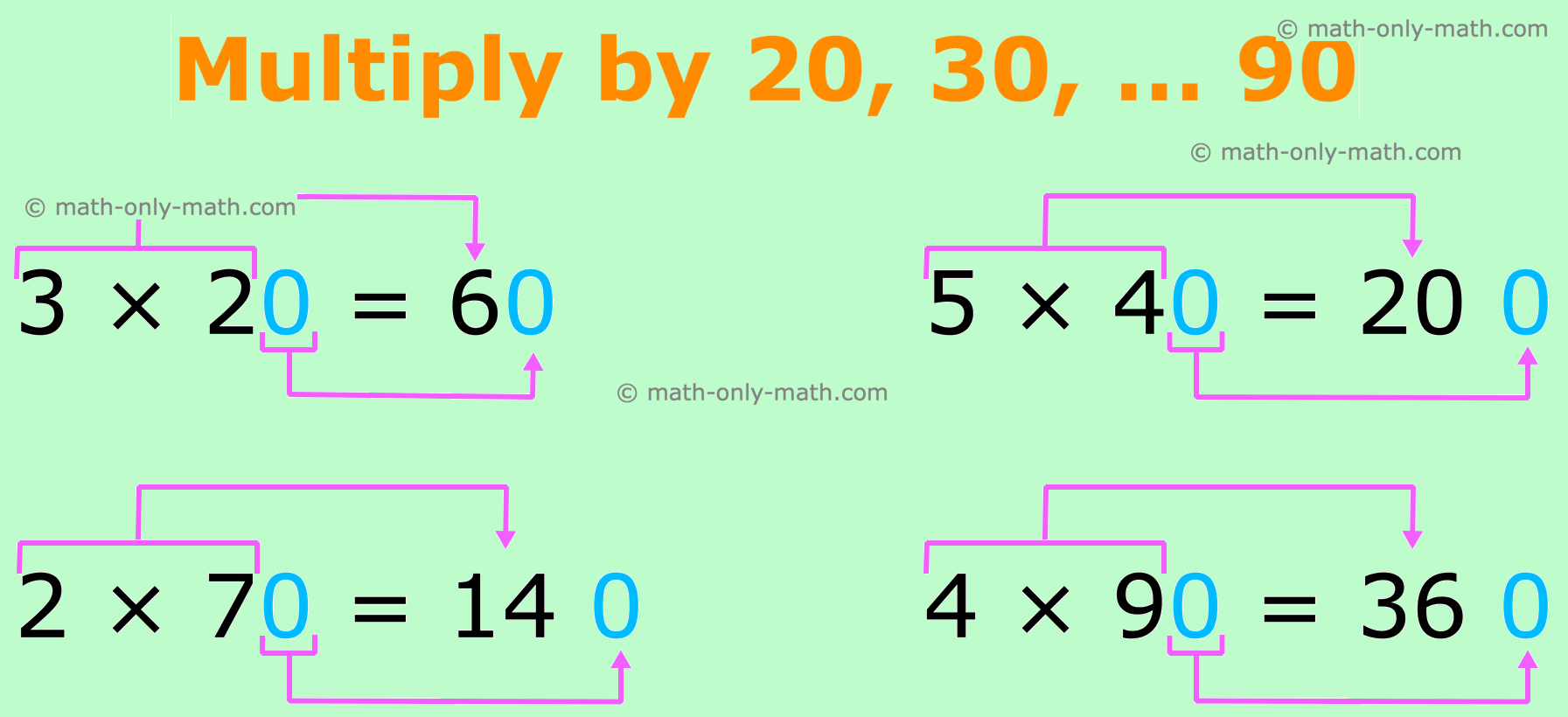
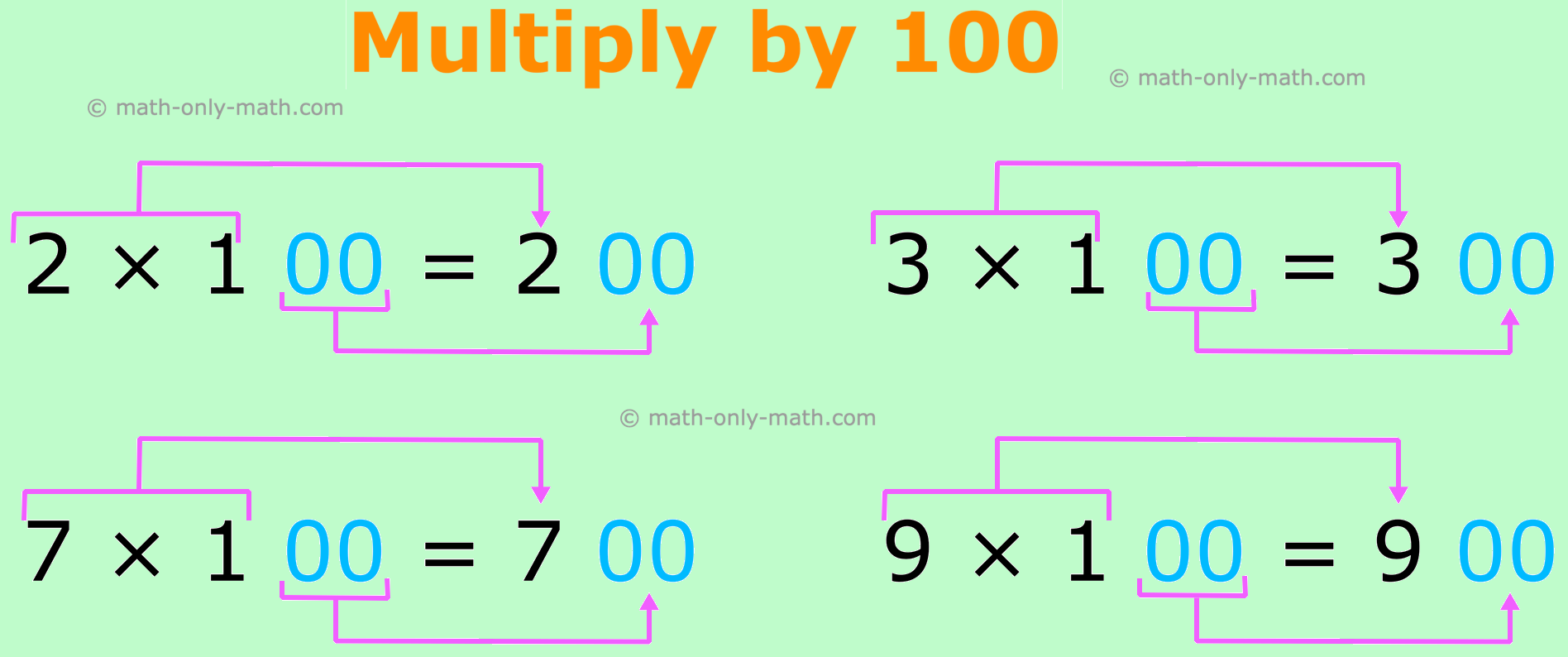

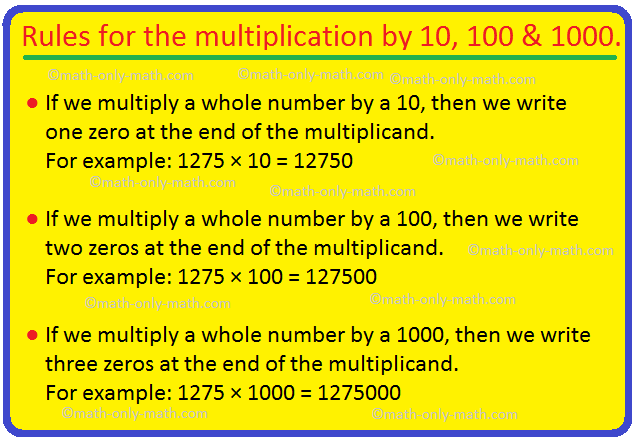
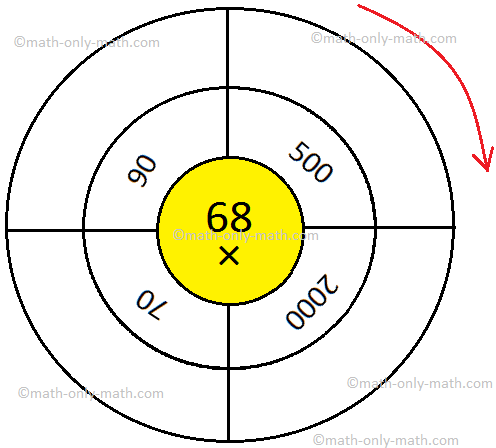
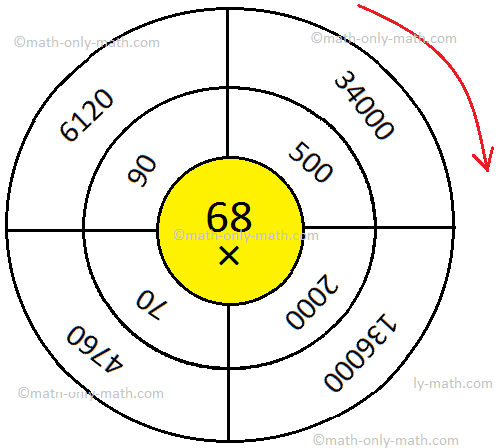

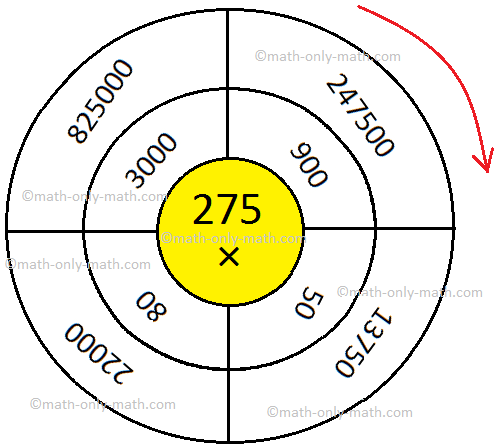
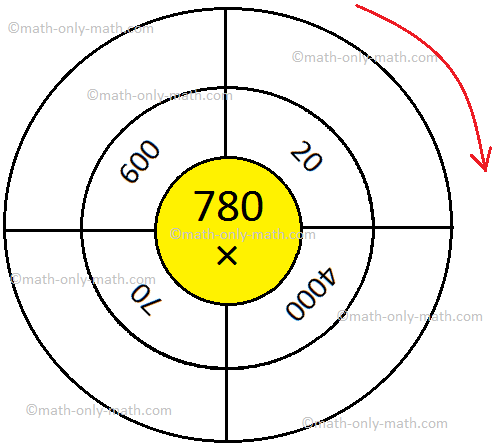
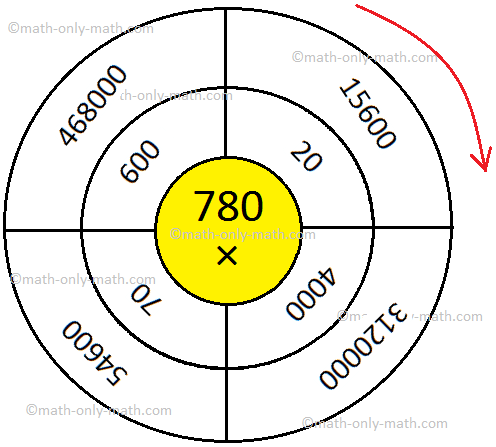
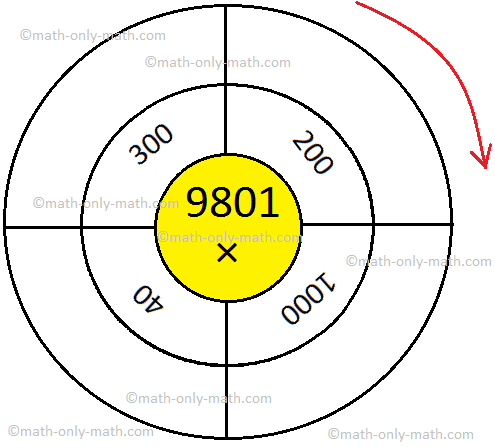
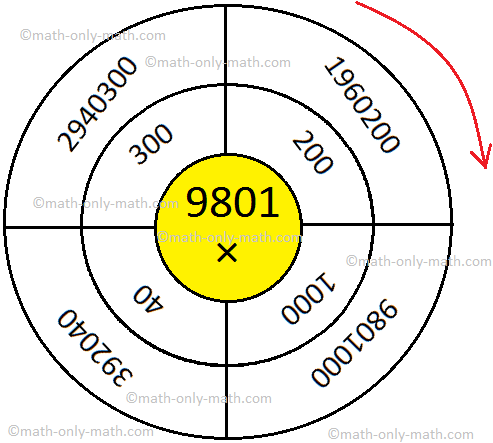
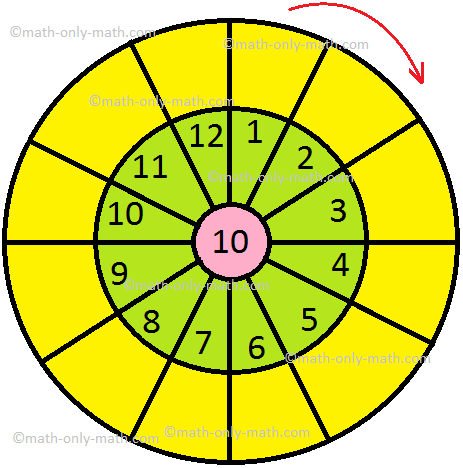
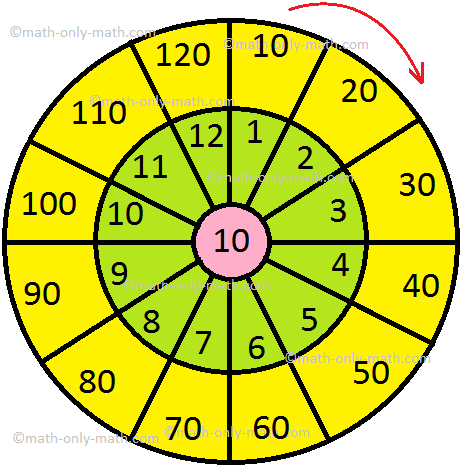
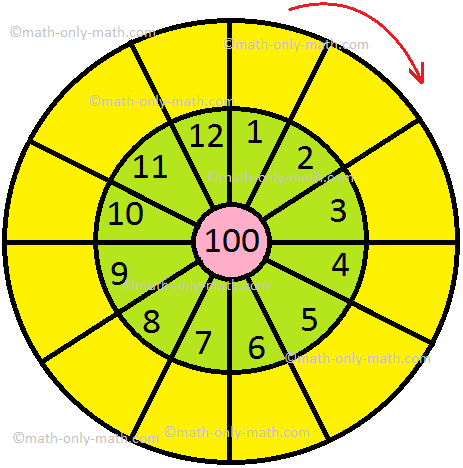
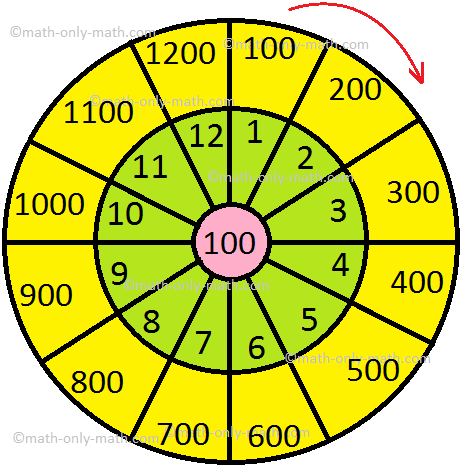
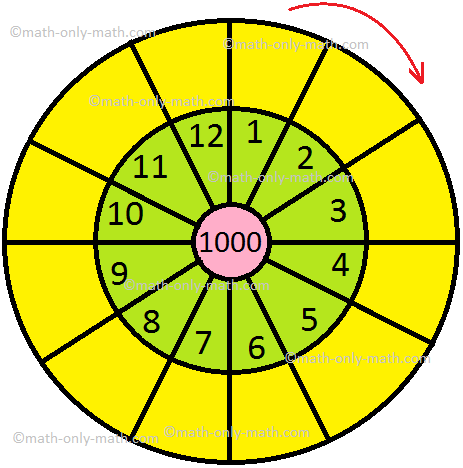
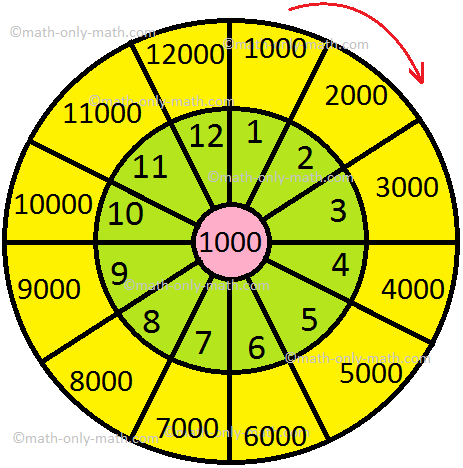


New! Comments
Have your say about what you just read! Leave me a comment in the box below. Ask a Question or Answer a Question.